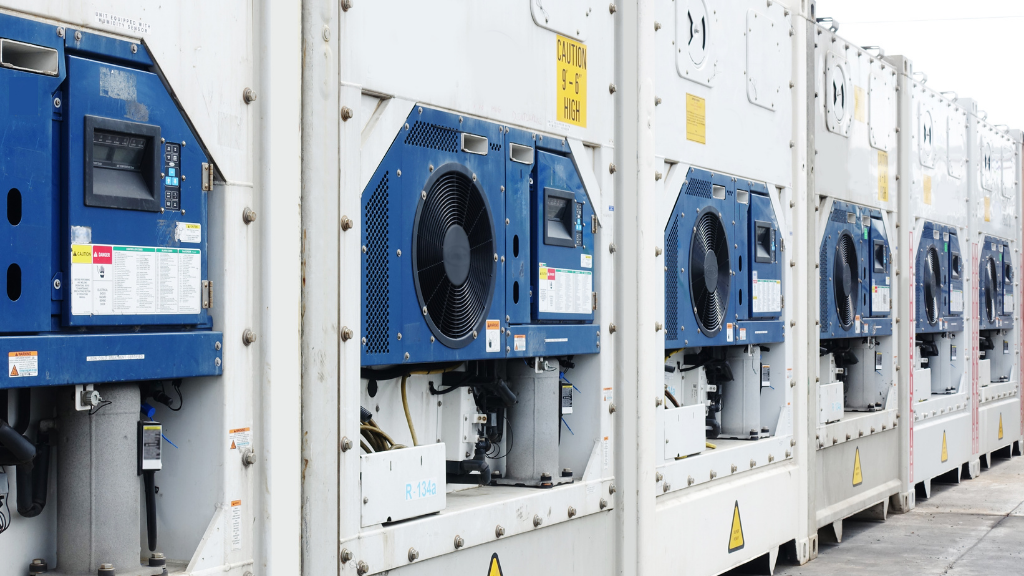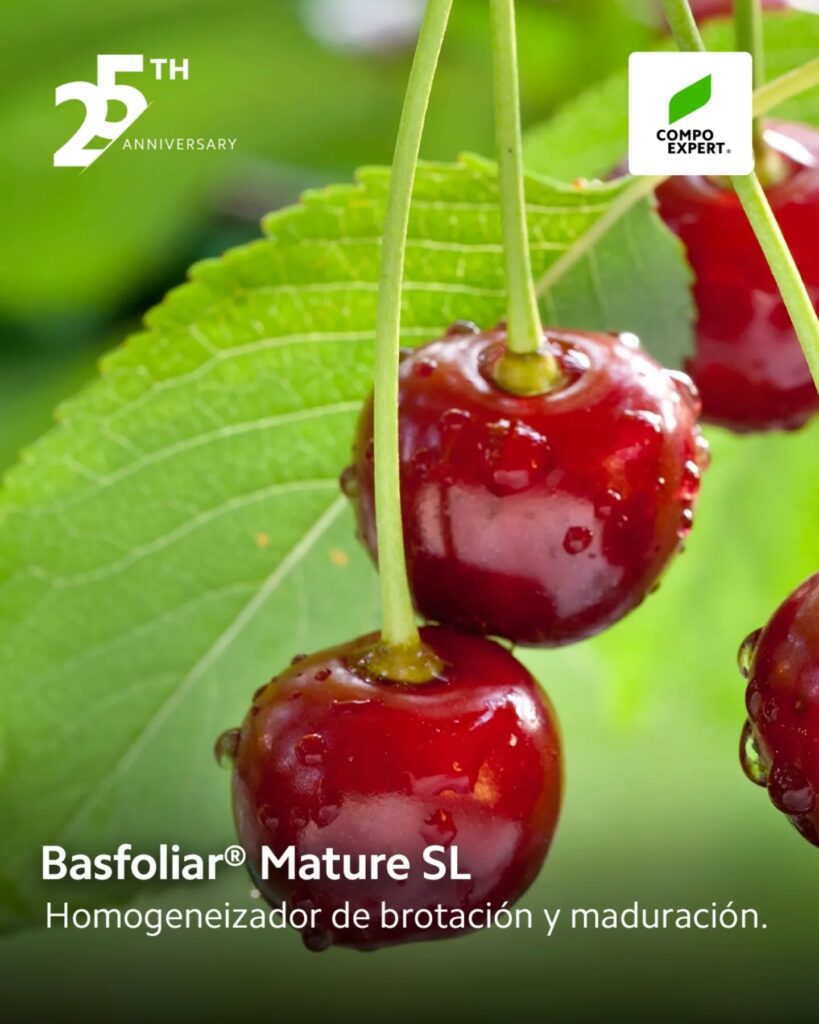By: Francisca Barros, Militza Ivelic and Jessica Rodríguez – Kimün Spa Trio.
This cherry export season has already ended, in terms of harvest, but we are still left with the consequences of the complicated supply problems of packaging materials, mainly cardboard boxes, due to the lack of inputs affected by the rise in their prices (cardboard, corrugated cardboard), as well as printing materials such as inks and varnishes. In addition to the above issue, this season has been characterized by an extremely complex logistics chain in the export operation. At the time of writing this article, we still do not have clarity on how the season will end, considering that a percentage of ships have not yet arrived at their destination, that there is congestion of ships in the main ports in Asia where most of our fruit arrives, and that we do not know how the market will behave once the Chinese New Year ends.
From a logistical point of view, the season began with significant increases in rates, delays or non-arrival of some ships, itineraries that were not met, and low availability of equipment. reefer due to the inability to position empty containers from Asia. The consequence of this series of problems meant that the shipping schedules could not be fulfilled as planned and we had to make do with the spaces allocated to us, sometimes with older units, not always of the quality we were used to.
In some cases, even with containers, there was a lack of drivers who could move these units. Finally, the documentary issue (issuing a certificate of origin, phytosanitary certificate), Bill of Landing (BL) has also been slower than in previous seasons, delaying its dispatch to receivers and making operating costs more complex and expensive.
Considering the importance of containers in the fruit export process, in this article we will refer to their main characteristics and some concepts to keep in mind when it comes time to use them.
Main characteristics of containers used in cherries
The cherry is a perishable fruit, which breathes, and is sensitive to temperature, so containers are used for its conservation and transport. Reefer (refrigerated) High Cube, which due to their height (2.4m), allow for the transport of larger volume merchandise.
These containers are made up of a thermally insulated structure that incorporates a refrigeration unit that allows the interior temperature to be kept constant thanks to the circulation of cold air.
Internally the floor is metallic with grooves or channels in the shape of a “T” that allow the flow of cold air from it to the pallets With fruit, meanwhile, the hot air is taken from the top by a grid and returns to the refrigeration unit (Figure 1).
Air flow is responsible for regulating temperature, so cargo stowage is an important point to consider. In order not to obstruct this flow, both at the top and at the ends of the interior of Reefer containers there are red marks or lines indicating the maximum loading height (Figure 2).
Figure 2: Interior components of a container Reefer.
(Source: https://rflcargo.com/operamiento-contenedor-reefer/)
Considering the air flow inside the container, the boxes, packaging materials, and grills must allow the flow of air. The design of the box vents must coincide with the separation zones between the boards of the containers. pallets. Based on this same concept (of forcing cold air to circulate through the load), and according to the stowage scheme, empty or free spaces should be covered with cardboard and a scarf placed at the base of the last two. pallets.
It is also important to highlight the importance of loading the fruit with the correct pulp temperature, since the temperature is only maintained inside the container.
These units also have a ventilation system that allows the entry of air from outside. The ventilation is used to replace the air inside the container with air from the outside environment. Fresh air is introduced to remove gases produced by respiration. The air renewal rate must be adjusted considering the respiration rate of the fruit in question and the packaging used, especially when modified atmosphere bags are used. At this point it is important to emphasize that traveling with closed lamps and modified atmosphere containers can generate problems of strange flavors and odors in the fruit, even more so if thermal breaks occur (Figure 3).
(Source: https://rflcargo.com/operamiento-contenedor-reefer/)
This parameter must be set in “CBM/H” (cubic meters/hour). Using the percentage ventilation measurement can lead to errors due to non-standardization and the diversity of models according to the different manufacturers of these units (Figures 4 and 5).
(Source: http://vmasseyors.blogspot.com/2011/03/temperaturas-recomendadas-y-ventilacion.html)

of refrigerated containers.
Other internal components of containers Reefer They are the drains, located at the ends of the floor and serve to evacuate excess water in case of condensation (Figure 2).
Externally, on the front face, to be able to operate the container Reefer It has a power outlet, normally a three-phase connection cable that will be responsible for autonomously feeding the unit throughout its entire path to its destination point (Figure 2).
On this side are located the various components of the cooling unit, in addition to motors and control panel where the temperature, humidity and ventilation with which the fruit will travel are parameterized (Figure 2).
Some aspects to take into account before and during container loading
- When reserving the container, request the unit settings (air temperature, ventilation) parameters that must be verified when loading the unit.
- Check the year of manufacture of the container.
- Before loading the container, it must be verified that it is clean and disinfected, which is a requirement imposed by the Chinese authorities since the appearance of COVID-19.
- Check the pulp temperature at the time of loading, considering that the temperature is only maintained in the container.
- Ideally load on a loading dock, the loading area should be cold to avoid condensation problems and with a forklift to properly accommodate the loads. pallets inside the container leaving the minimum space between them.
- To monitor the temperature inside the container, at least two thermographs must be located, normally one at the bottom near the engine area and another at the top near the door.
- Consider using airbags in the spaces between the last pallet and the doors.
Loading refrigerated containers is of strategic importance for companies and can be a competitive advantage. Hence the importance of understanding how refrigerated containers or “mobile chambers” that will preserve our cherries until they reach their destination work.








